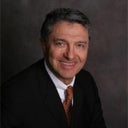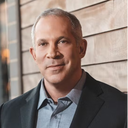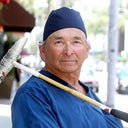Posted underFacelift q&a
Is a short scar Facelift long lasting? Does it address the underlying muscles and what areas of the face does it address?
Answers (18)
From board-certified doctors and trusted medical professionals
Dr. Robert F. Centeno, MD, FACS

Dr. Robert F. Centeno, MD, FACS
Board Certified Plastic Surgeon
Answer
Dr. Raffy Karamanoukian, MD, FACS

Dr. Raffy Karamanoukian, MD, FACS
Board Certified Plastic Surgeon
Answer
Dr. Vincent N. Zubowicz, MD

Dr. Vincent N. Zubowicz, MD
Board Certified Plastic Surgeon
Answer
Dr. Timothy R. Miller, MD

Dr. Timothy R. Miller, MD
Board Certified Facial Plastic Surgeon
Answer
Dr. Farhad Rafizadeh, MD

Dr. Farhad Rafizadeh, MD
Board Certified Plastic Surgeon
Answer
Dr. Houtan Chaboki, MD

Dr. Houtan Chaboki, MD
Board Certified Facial Plastic Surgeon
Answer
Dr. Joel B. Beck, MD, FACS

Dr. Joel B. Beck, MD, FACS
Board Certified Plastic Surgeon
Answer
Dr. Steven J. Pearlman, MD, FACS

Dr. Steven J. Pearlman, MD, FACS
Board Certified Facial Plastic Surgeon
Answer
Dr. Toby Mayer, MD

Dr. Toby Mayer, MD
Board Certified Facial Plastic Surgeon
Answer
Dr. Earl Stephenson, Jr., MD, DDS, MBA

Dr. Earl Stephenson, Jr., MD, DDS, MBA
Board Certified Plastic Surgeon
Answer
More Facelift Questions
See all Facelift Q&AWE SEND PRETTY
EMAILS
What’s trending? Who’s turning heads? Which TikTok myths need busting? We’ve got you. No fluff, no gatekeeping—just real talk. Get our free, unfiltered newsletter.